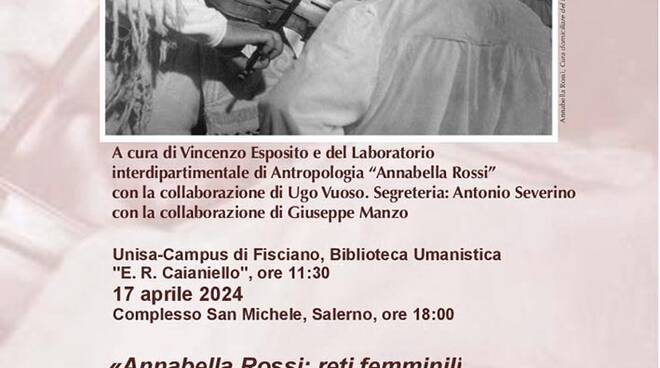Where There is Business- There is The Camorra
Più informazioni su
This is sophisticated crime.
The truth is that the Camorra is very much alive. Presently, about 100 Camorra clans still exist with about 7,000 full members. With full domination of economic activities and the daily lives of many citizens, the Camorra’s influence is felt throughout the city. With the intelligence of History of the Mafia Professor Fabrizio Novellino , tourists can learn about how the Camorra has transformed the city of Naples.
Naples, Italy is home to the Italian Mafia-type criminal organization and criminal society, the Camorra, in the Campania region. Dating back to the 17 th century, the Camorra is one of Italy’s oldest and largest criminal organizations. Americans use the term “Mafia,” while Italians use the term “Mafiosi” and Sicilians use the term “Cosa Nostra.”
Here, Neapolitans call it ” il sistema,” meaning “the system.”

Novellino took us on a tour and explained aspects of the fight against the Mafia in Naples, and how our westernized, often vague view is very different than what is the reality. For example, we usually see the members of the Mafia as family-orientated (so to speak), but it is based on the concept of ‘
family, ‘trust and secrecy. In film, Americans watch different portrayals of head mafia families in The Sopranos and The Godfather, which often exhibit glorification. Novellino, Ph.D. in Contemporary History and History of Italian Food and Culture Faculty at Sant’Anna Institute, taught us the realism of the mafia groups and the dark side it has created mainly in Naples.
Contrary to the Sicilian Mafia’s structure, the Camorra’s organizational structure is divided into groups called “clans,” which also makes it difficult to eliminate. For a person to be considered an affiliate, the subject is approached and invited after a period of observation, with the authorization of the head of that clan, to participate in carrying out the clan’s duties. The “capo,” or boss, is the head of the individual clan and the number of affiliates range depending on the clan’s power and structure. Its main businesses are drug trafficking, counterfeiting, money laundering, prostitution, illegal waste disposal, racketeering and even political corruption.

Novellino described the mafia group’s structure as solid and the members, “camorristi,” as replaceable. The mafiosi, or “men of honor,” adapt to the well-defined business organization. Here are the numbers to show how big the business really is: ” Italy’s four organized-crime syndicates – Sicily’s Cosa Nostra, the Camorra in Naples, Calabrian ‘Ndrangheta, and the Sacra Corona Unita in Puglia – together make up a” huge holding company with a total [sales] turnover of about 130 billion euros [about $ 165 billion] and profits approaching 70 billion euros [about $ 90 billion], “after investments and expenses, according to the study.” This damages the free market because the Camorra businesses don’t have cash flow problems and can sell at a cut price,
During WW2, when the Allies bombed Naples, the Camorra used its resources by increasing profits by investing in cigarettes and drug trafficking. Cigarettes were a particularly good investment because at the time, only one brand of cigarette was allowed to be sold in Italy, and they were overpriced and not very good. They had two options to get cigarettes. 1. Steal them from American supply ships or 2. Bribe American officers. Novellino told us they would do a bit of both. If they bribed officers, there was no risk of getting caught, and if they stole them, it was a 100% profit margin, so each option had its ups and downs. Even the police were eager to purchase the cheaper and better quality cigarettes, knowing who and where they came from.
Clan Giuliano, a powerful Neapolitan Camorra clan, showed their power over authority since the police were buying cigarettes from them. Prior, the mafia group lost some power after the 1861 Italian unification where many attempts were made to suppress the Camorra, but it didn’t take long to regain it back. Camorra’s estimated annual revenue was 3.75 billion euros in 2017, according to Novellino. Another huge profit came from illegal waste trafficking though the 1980s to 2012. Political patronage is another strategy to gain social prestige among the mafia group.
In the early 2000s, two Camorra clans, the Di Lauro clan and Scissionisti di Secondigliano fought an upcoming, violent, internal war known as the Scampia feud. This resulted in many murders in Naples, and civilians were often caught in the rival clan shootouts. They would sadly get caught in the wrong place at the wrong time. The professor enlightened us that prior to the wars, the groups would avoid killing people as it drew too much police attention. The authorities began cracking down on the Camorra as the feud caused public abhorrence, leading to a significant decrease of their presence in Naples.
The organization is extremely hard to combat due to its less centralized pursuits and the widespread “omertà,” the code of silence, despite the many arrests of the Camorra and Cosa Nostra members, including Tommaso Buscetta, a member of the Cosa Nostra, who was the first to turn informant and construe the inner workings of the organization in 1984 and Paolo Di Lauro, the leader of the Di Lauro Clan who was captured in 2005.
It is easy to think we know everything about organized crime groups like the Mafia just from Hollywood’s depiction. However, it is important to know that movies are made for entertainment and not factual, historic reality. The city of Naples is home to many beautiful wonders, but we must acknowledge the dark side too.

Saint Januarius (San Gennaro), the patron saint of Naples, Italy, located on Via Vicaria Vecchia.








